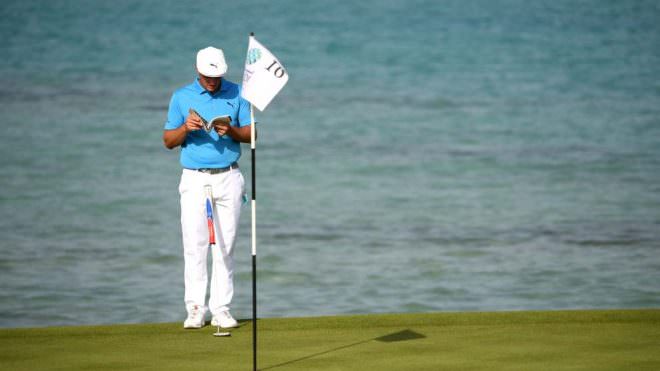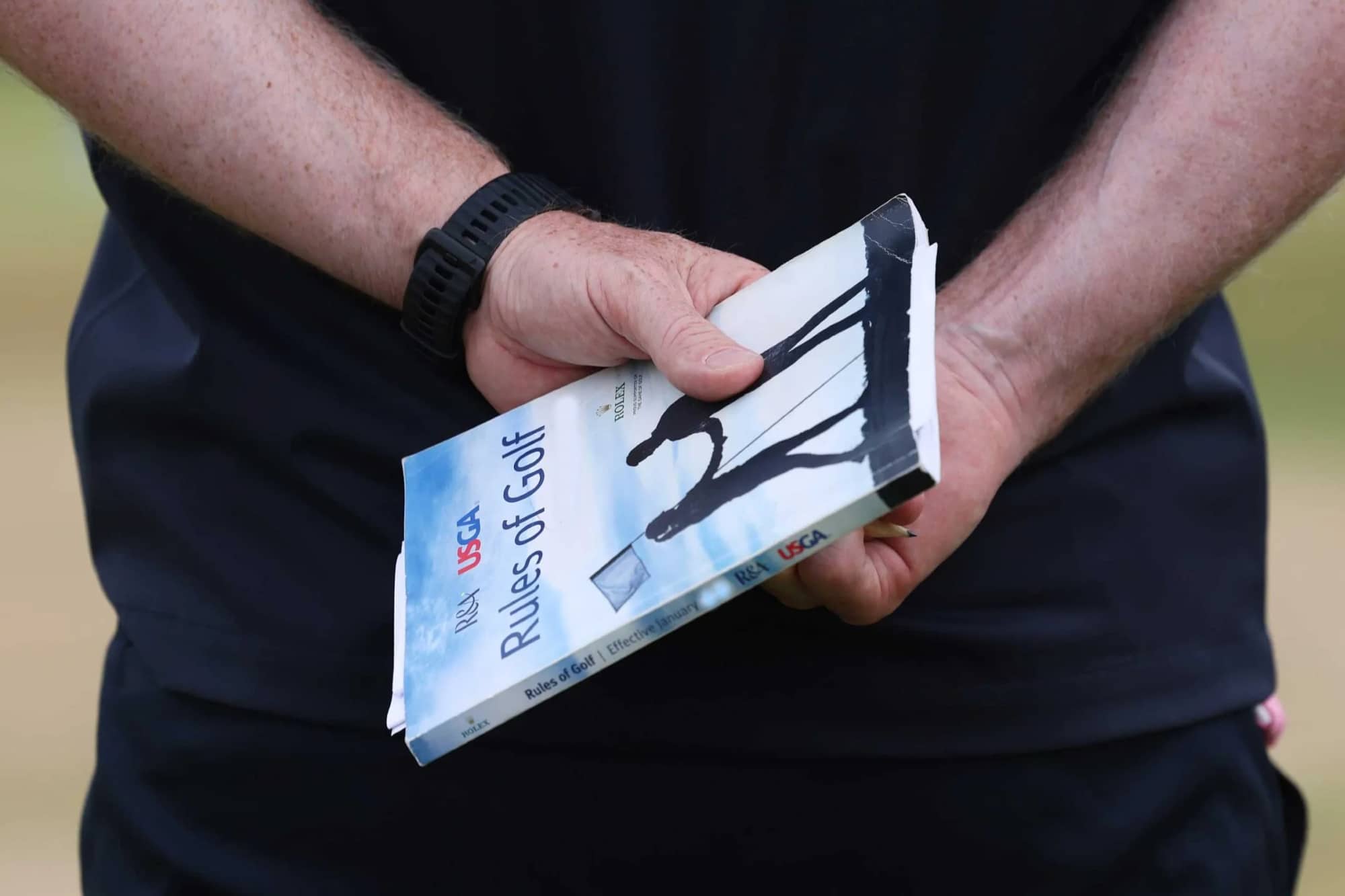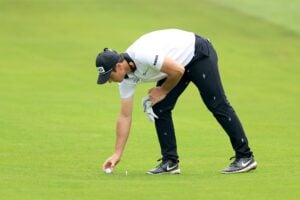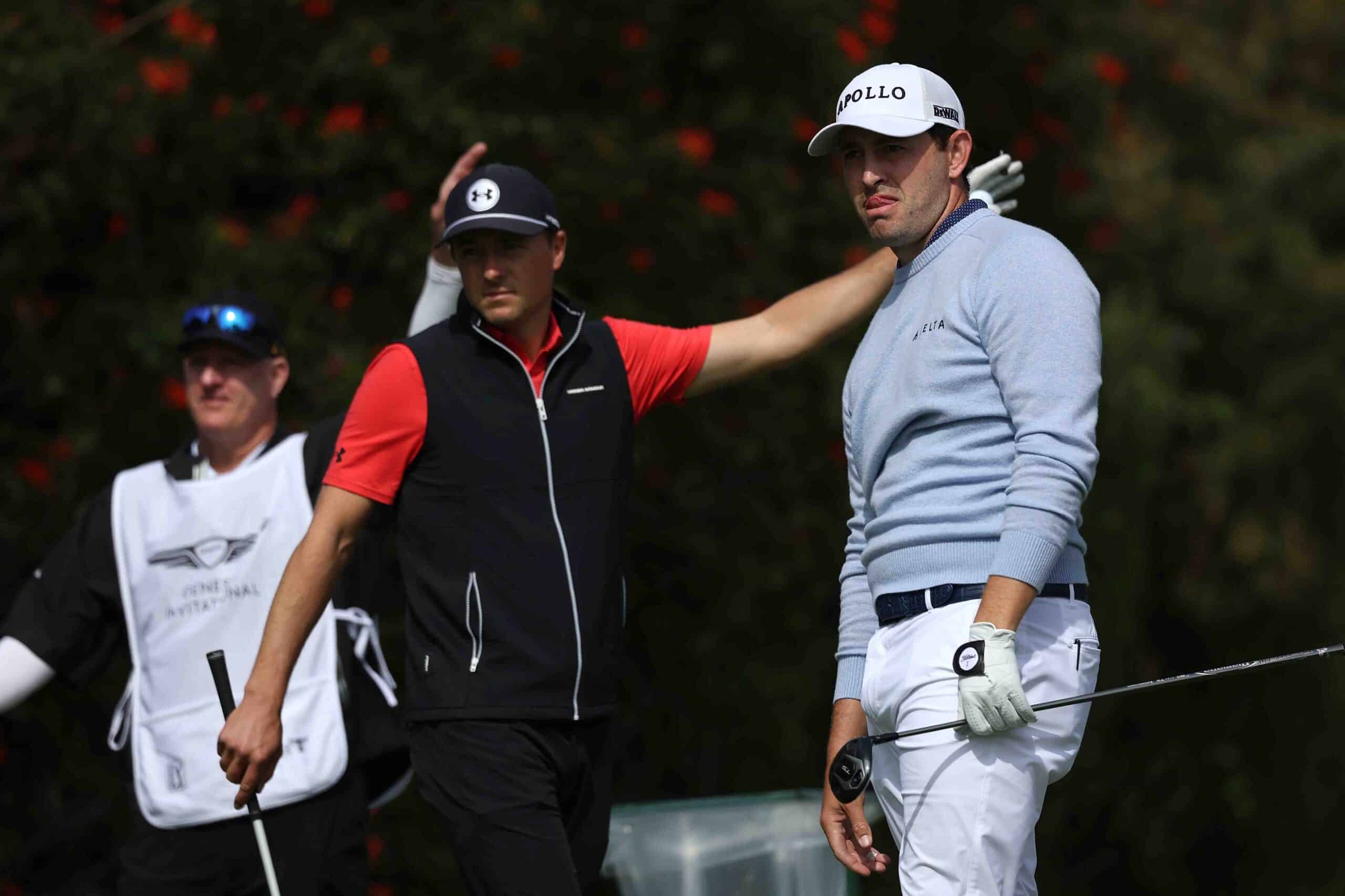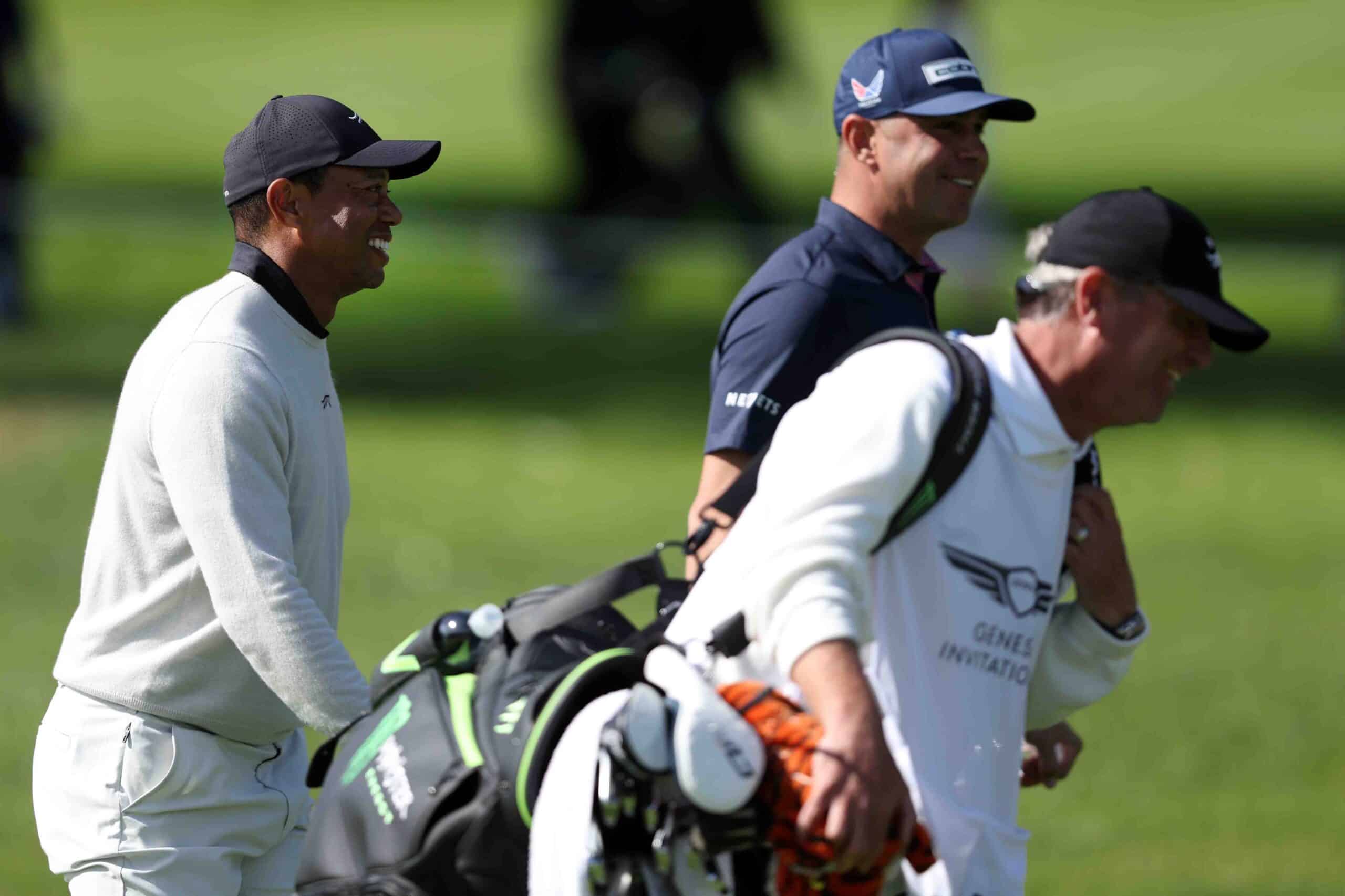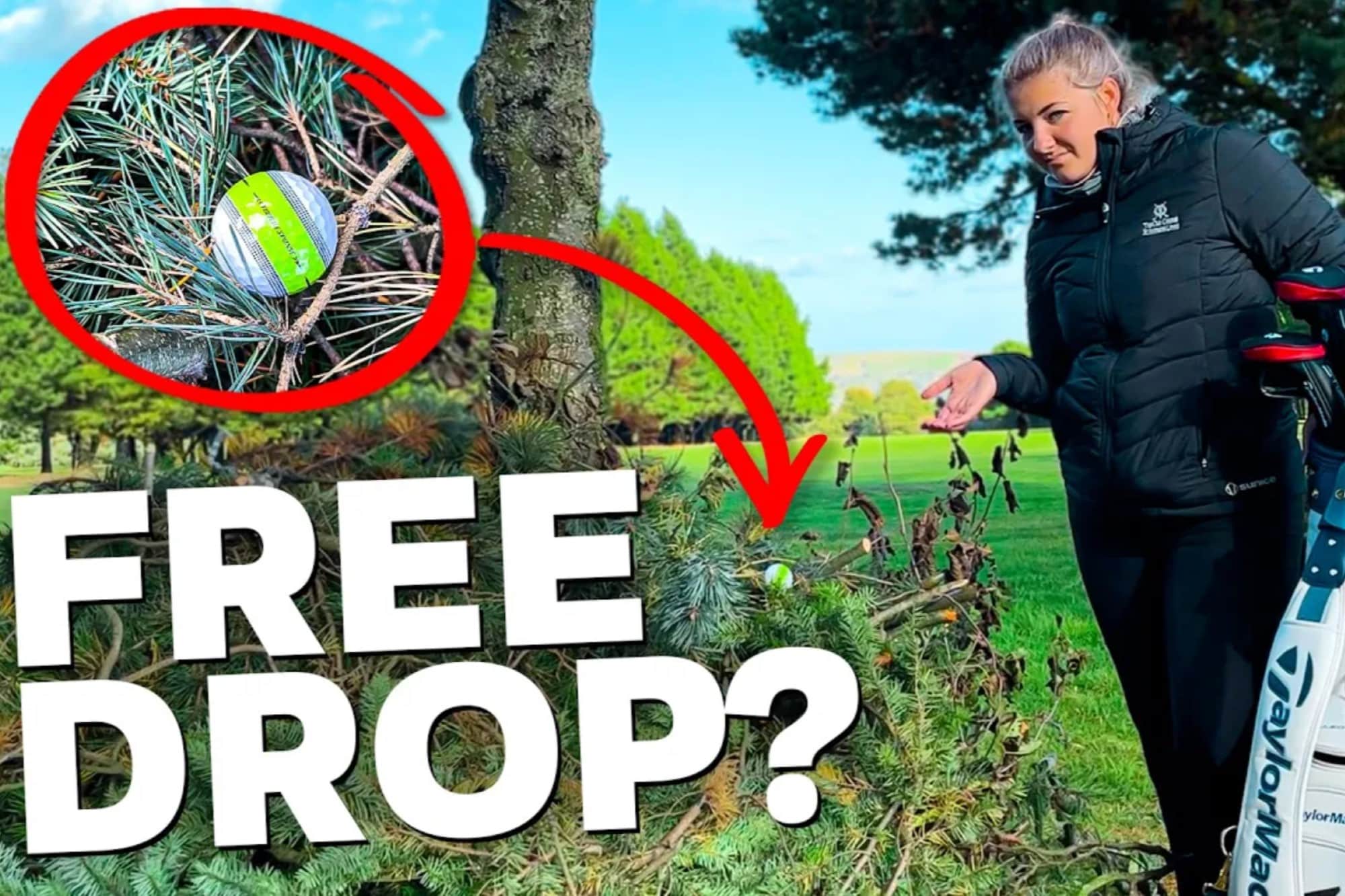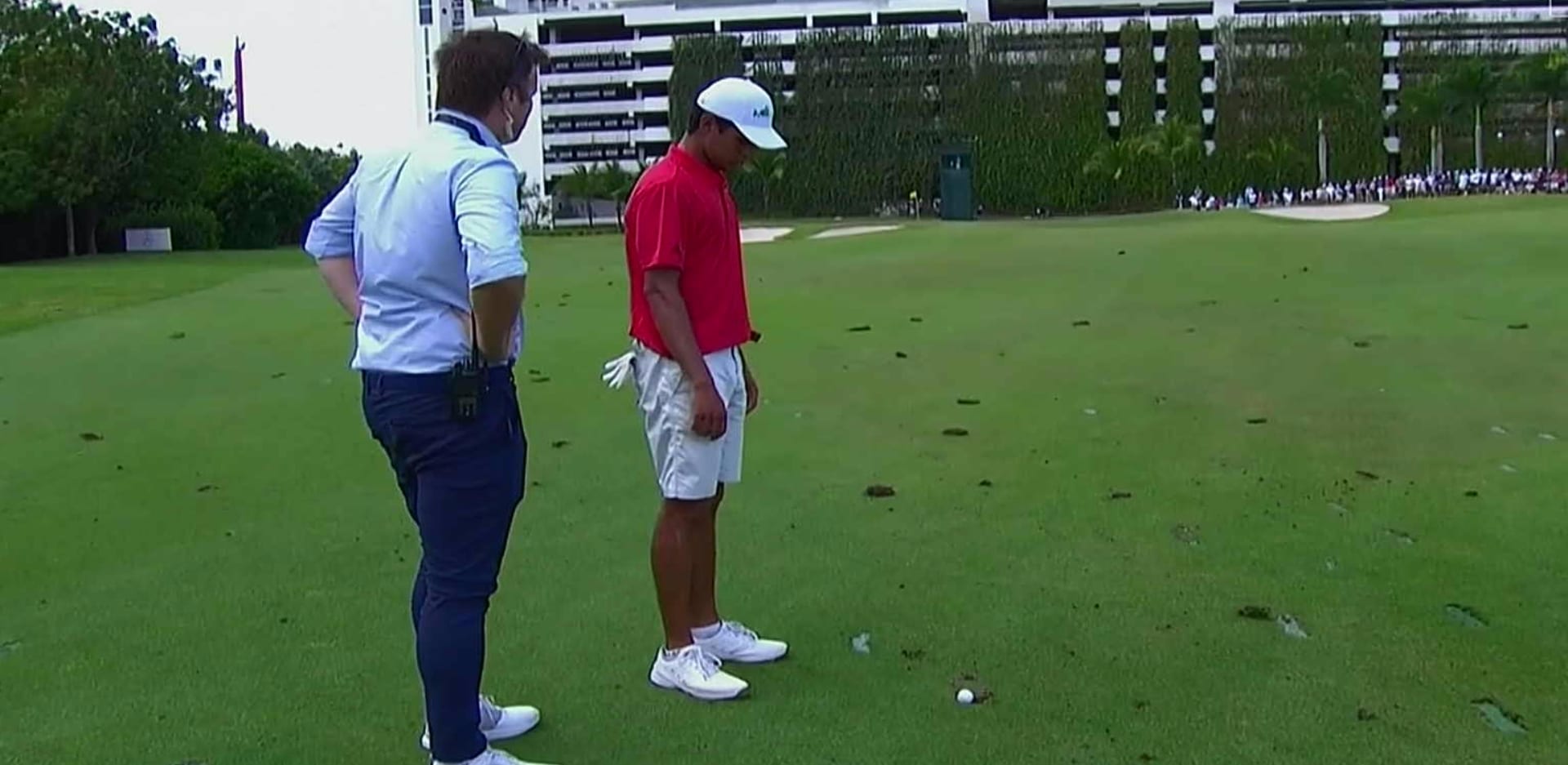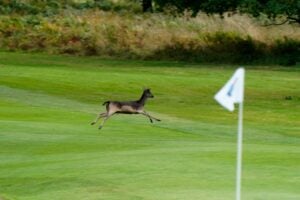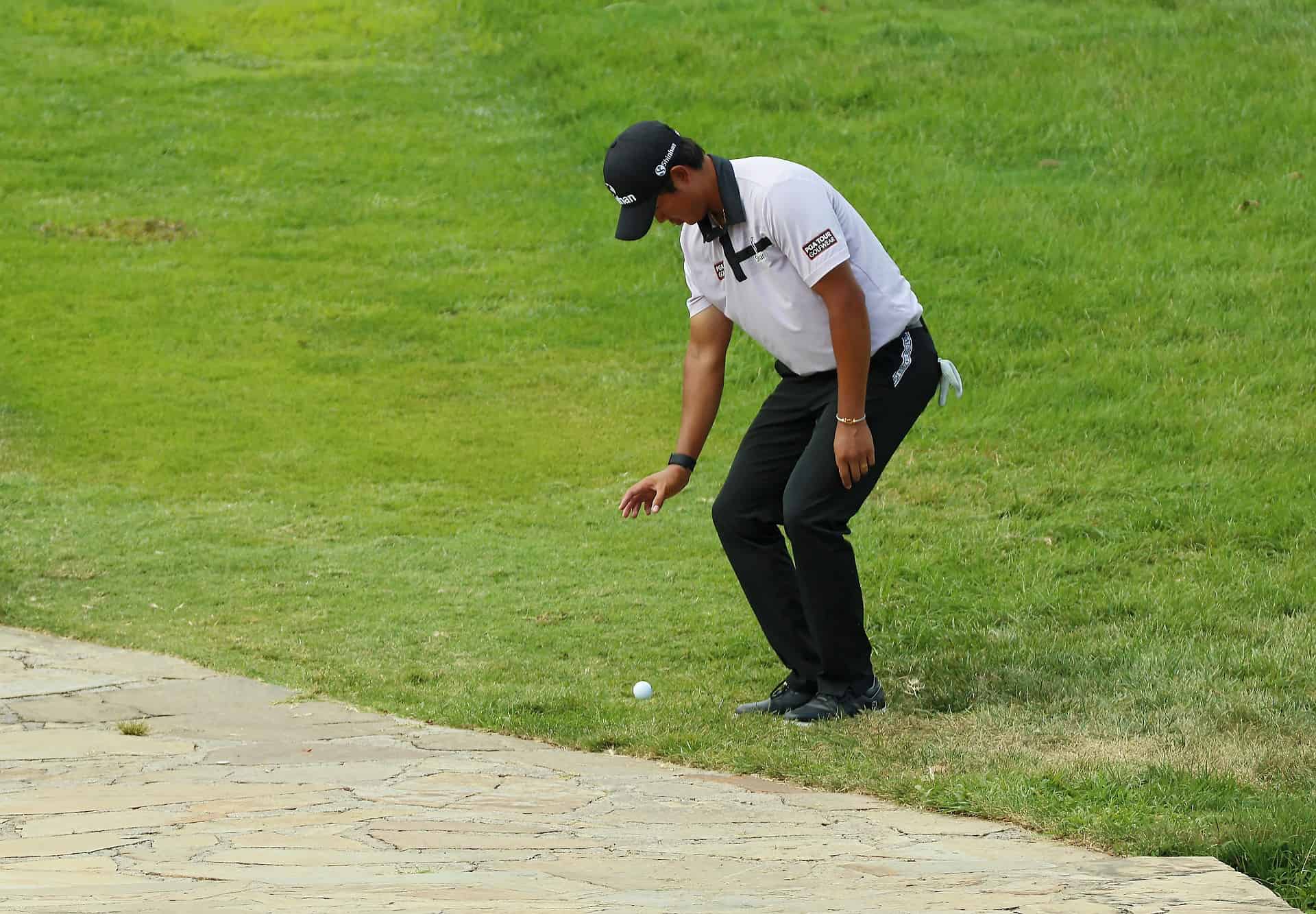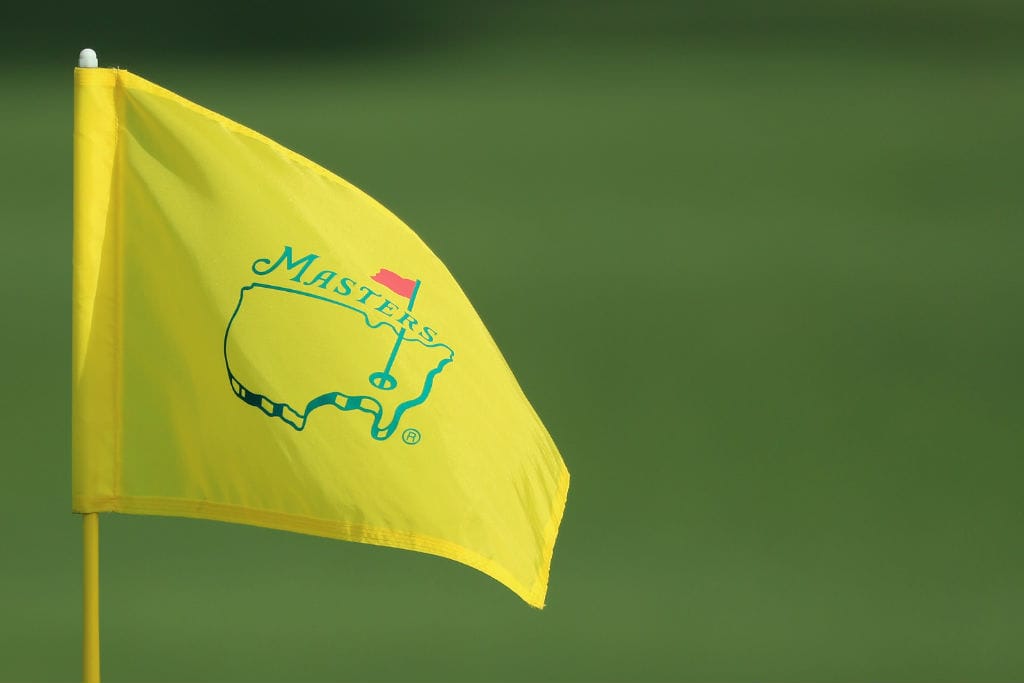
In or out? The science that goes into making a golf flagstick
How is a golf flagstick made?
It will start with a protruded, or extruded, type of fibreglass which has been pull-wound. That’s where the fibres are pulled through a machine with a resin and through a dye.
It comes out looking almost like toothpaste. That sets solid and becomes your raw material.
That can be a continuous length. So, in effect, when it comes out of the machine it just carries on. It is cut to the length that’s required.
The most common flagstick we manufacture is around two metres in height or between six and seven feet.
Next sees protective sleeving put over the fibreglass. We have an oven system, that we built with a computer control, and we get around 500 flagsticks in this oven.
It’s three metres long and quite a big box, which heats and shrinks the sleeving onto the fibreglass.
You could do it by hand. But we have ours specially made and it has to be done at the right temperature at the right time. That gives the quality and longevity to the surface.
Once we have ‘baked’ the flagstick it comes out and then we put the components on the top or bottom – depending on the customer’s requirement.
If it is a UK or USA ferrule, and depending on the cup it is going into, there are smooth, fluted, locking, plastic bases and heavy zinc/lead mouldings that give the bottom of the flagstick a feel of weight.
So the quality product would be more towards the metal than the plastic.
The top component sees us machine a stainless steel fitting that we crimp, or clamp, onto the fibreglass. That is what the fabric flag sits over.
With a special fixing on top, the flag is allowed to rotate freely on top of the fibreglass rod.
Bryson DeChambeau has been one of the most vocal players on the benefits of putting with the flagstick in. He’s been blinding most of us with talk of co-efficients. What do you make of that?
As an engineer, I understand what the co-efficient of friction is and that can be changed depending on what the raw material is and what it is covered in.
Fibreglass is quite a hard material and ones that are painted have a friction point. That means it is like bouncing out on a glass surface – a very hard surface that the ball would bounce on.
Our (pins) have quite a low co-efficient of friction because of the sleeving we put on. The protection over the top feels slightly soft. You can put your nail into the material and get a soft feel to it.
The ball is hitting that and, from a physics point of view, you are going to have a lower co-efficient of friction and thus the ball may well bounce into the cup a little bit easier than hitting a really hard surface.
The thickness of the sleeving, or the thickness of the protection, can obviously have an effect on that co-efficient of friction.
It’s amazing the impact a little rule change can have?
Now everyone’s talking about it and flagsticks – I never thought it would be such a point of conversation.
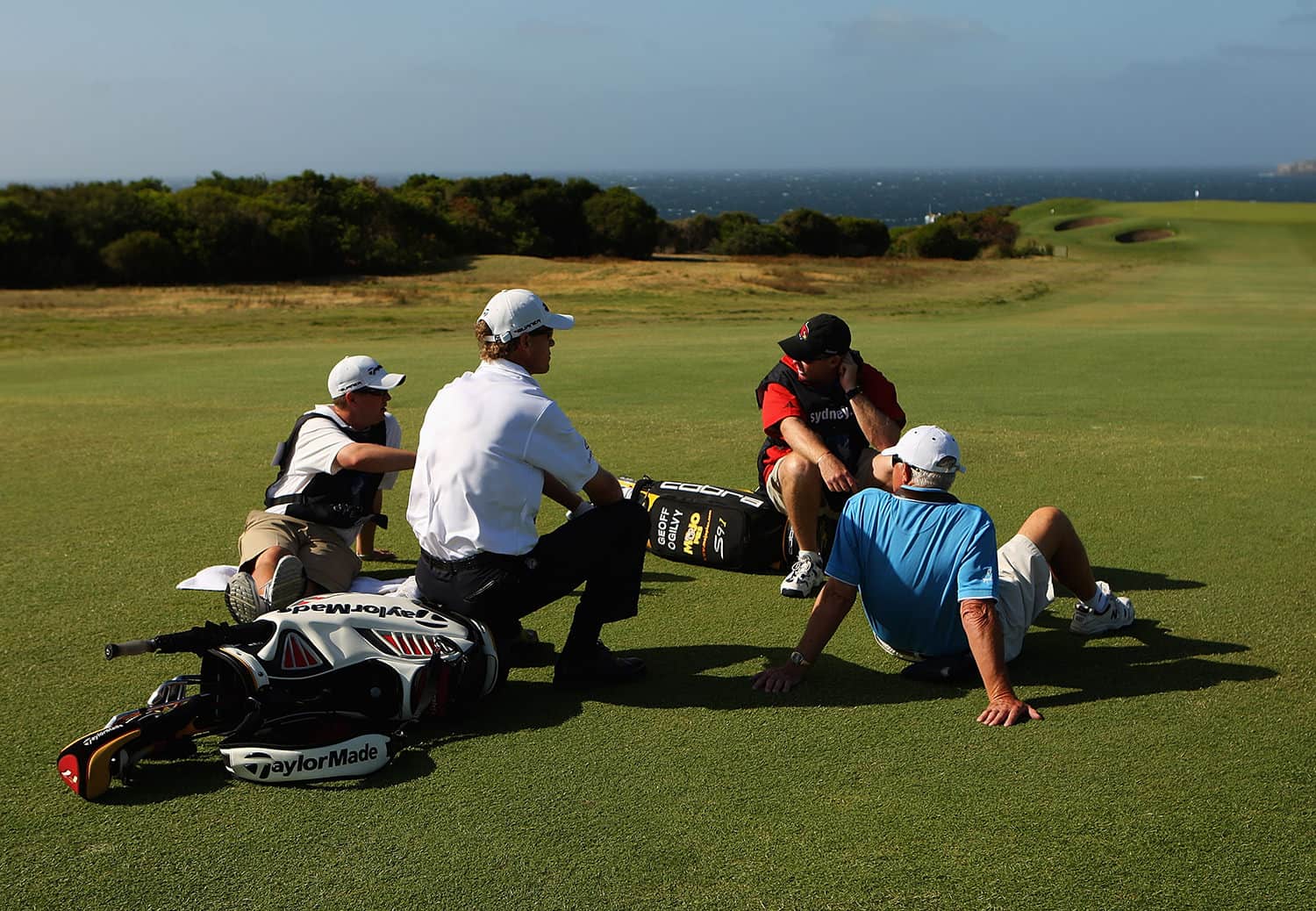
The never-ending problem of slow play at club level? Solved
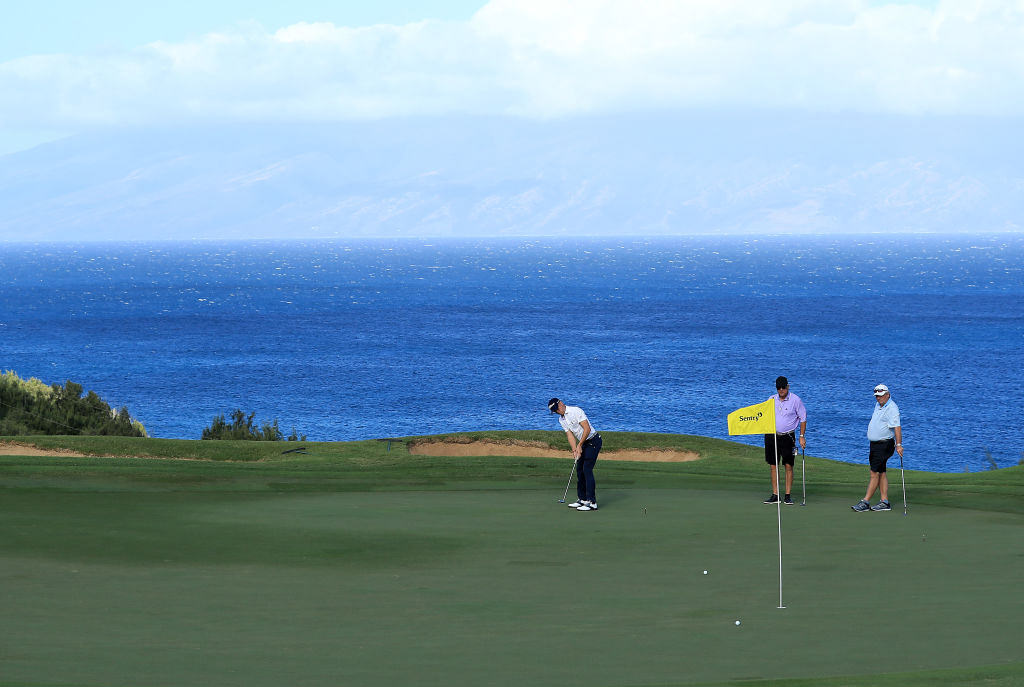
Will you be putting with the flagstick in?
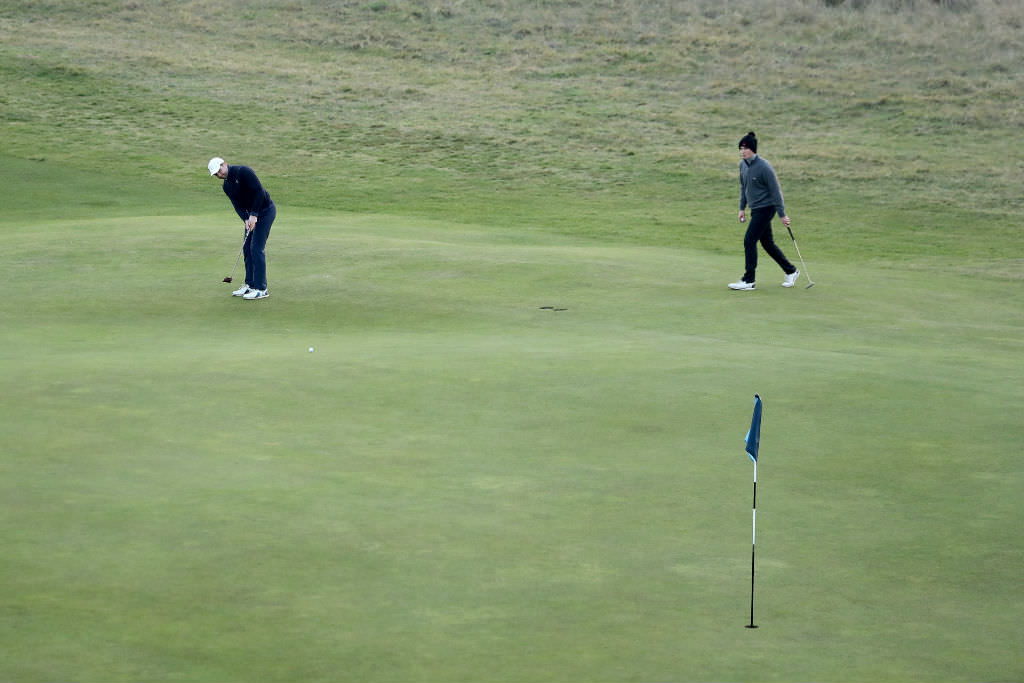
I putted with the flagstick in and – guess what? – the world didn’t end
Steve Carroll

A journalist for 25 years, Steve has been immersed in club golf for almost as long. A former club captain, he has passed the Level 3 Rules of Golf exam with distinction having attended the R&A's prestigious Tournament Administrators and Referees Seminar.
Steve has officiated at a host of high-profile tournaments, including Open Regional Qualifying, PGA Fourball Championship, English Men's Senior Amateur, and the North of England Amateur Championship. In 2023, he made his international debut as part of the team that refereed England vs Switzerland U16 girls.
A part of NCG's Top 100s panel, Steve has a particular love of links golf and is frantically trying to restore his single-figure handicap. He currently floats at around 11.
Steve plays at Close House, in Newcastle, and York GC, where he is a member of the club's matches and competitions committee and referees the annual 36-hole scratch York Rose Bowl.
Having studied history at Newcastle University, he became a journalist having passed his NTCJ exams at Darlington College of Technology.
What's in Steve's bag: TaylorMade Stealth 2 driver, 3-wood, and hybrids; TaylorMade Stealth 2 irons; TaylorMade Hi-Toe, Ping ChipR, Sik Putter.

